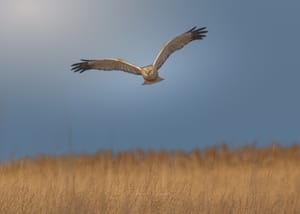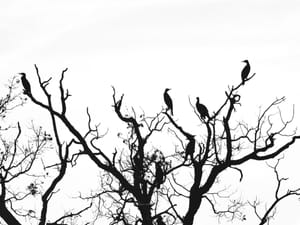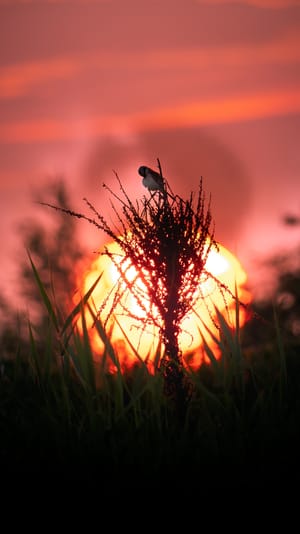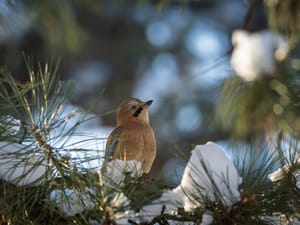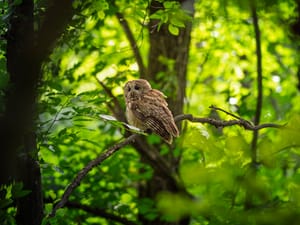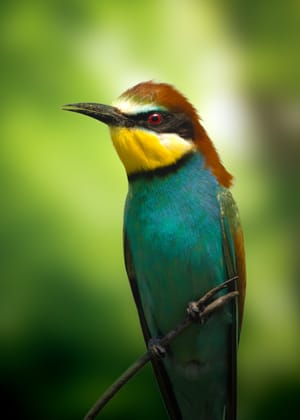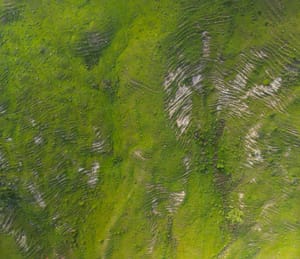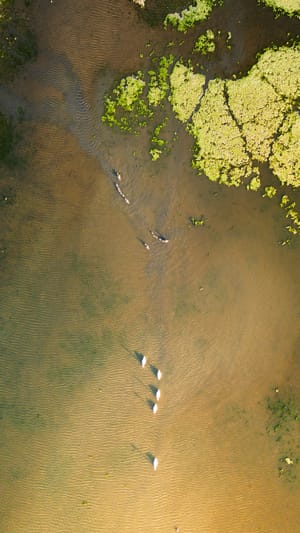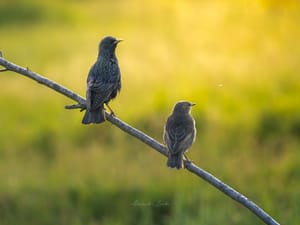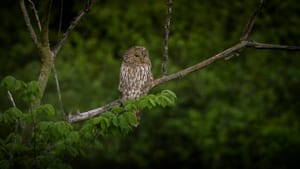
Short-eared owl hunting
The alarm buzzed at 4:30 AM, but I was already awake. Short-eared owls don't follow our human schedules—they hunt when the light is perfect, when their prey is most vulnerable, when the world exists in that magical space between day and night.
I'd been tracking this particular hunting ground for weeks. The telltale signs were there: owl pellets scattered near fence posts, the disturbed grass patterns where voles had created their highways, and most importantly, the late afternoon sightings from local farmers who mentioned "a big bird that flies funny."
Positioned 200 meters from the reed line, I settled into the wet grass with my 600mm lens. The weight of the equipment reminded me why owl photography demands everything—patience, physical endurance, and split-second technical precision.
For three hours, nothing. The sun began its descent, painting the grassland in that golden light photographers dream about. Then, at 7:47 PM, a shadow emerged from the reeds.
Short-eared owls are deceptive hunters. Their flight appears lazy, almost moth-like, but every wingbeat is calculated. This individual was quarter-mile hunting—covering vast territory in systematic sweeps, using those incredible asymmetrical ears to pinpoint voles moving through grass tunnels below.
This single frame represents everything I love about wildlife photography: the investment of time, the understanding of behavior, the technical mastery, and that split second when it all comes together. It's not just a photograph—it's proof that patience and preparation create magic.

